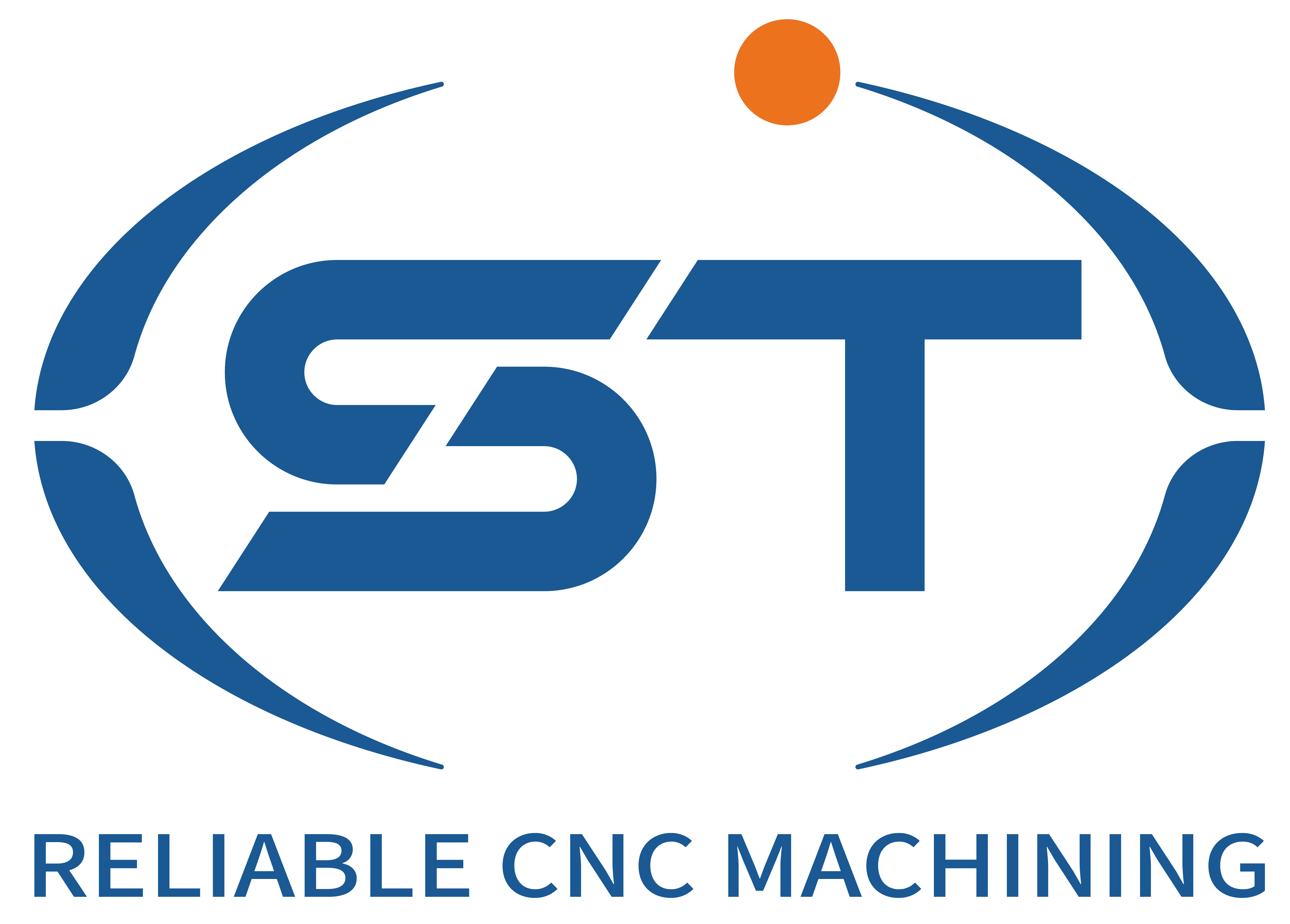The optimization of the process parameters for CNC grinding of automotive parts requires systematic adjustments from dimensions such as grinding wheel characteristics, cutting parameters, cooling and lubrication, processing strategies, and equipment status. The following are the specific optimization directions and analyses:
Table of Contents
ToggleFirst, optimization of grinding wheel characteristics
Abrasive selection
For different materials (such as high-carbon steel, alloy steel, cast iron), the type of abrasive needs to be matched. For instance, for high-hardness materials, CBN (cubic boron nitride) or diamond grinding wheels are recommended, while for ordinary steel, alumina or silicon carbide grinding wheels can be used.
The hardness of the grinding wheel should be balanced with that of the workpiece: hard workpieces should be matched with soft grinding wheels (which are prone to self-sharpening), and soft workpieces with hard grinding wheels (which have good shape retention).
Particle size and binder
Coarse-grained grinding wheels (such as F46-F60) are used for rough grinding to improve efficiency, while fine-grained grinding wheels (such as F80-F120) are used for fine grinding to enhance surface quality.
Resin-bonded grinding wheels are suitable for high-speed grinding, while ceramic-bonded grinding wheels can withstand high temperatures but require controlled grinding force.
Second, optimization of cutting parameters
Grinding wheel linear velocity (Vw)
High-speed grinding can improve efficiency, but it needs to be combined with the heat resistance of the grinding wheel. For instance, the linear speed of a common grinding wheel is recommended to be ≤35m/s, while that of a CBN grinding wheel can reach 60-80m/s.
High linear speed is prone to thermal damage and requires the use of coolant to enhance heat dissipation.
Workpiece feed rate (Vf)
The feed rate needs to be matched with the characteristics of the grinding wheel: it can be increased to 10-15mm/min in the rough grinding stage and reduced to 5-8mm/min in the fine grinding stage to control the surface roughness.
Too fast feed is prone to cause burns or vibration marks, while too slow feed reduces efficiency.
Grinding depth (Ap
The recommended single cutting depth for rough grinding is 0.02-0.05mm, and for fine grinding, it should be controlled within 0.005-0.01mm.
Layer-by-layer decreasing grinding can reduce thermal deformation, for example: 0.03mm×3 times →0.01mm×2 times →0.005mm×1 time.
Third, cooling and lubrication strategy
Type and concentration of coolant
During the rough grinding stage, the chips are flushed with a high-flow emulsion (5% concentration), and during the fine grinding stage, it is switched to atomization and spraying with extreme pressure cutting fluid (10% concentration).
The pH value of the coolant should be controlled between 8.5 and 9.2 to prevent corrosion of the machine tool or grinding wheel.
Optimization of injection mode
High-pressure internal cooling (pressure ≥0.5MPa) can penetrate the grinding area and reduce heat accumulation.
For parts with complex surfaces, multi-angle jet heads are adopted to cover the grinding area.
Fourth, optimization of processing strategies
Staged grinding
The three-stage process of rough grinding → semi-fine grinding → fine grinding gradually reduces the cutting parameters to control the residual stress.
In the final grinding stage, increase the polishing time (such as 3-5 seconds) to improve the surface integrity.
Dynamic balance of grinding wheels
Dynamic balance tests need to be conducted before high-speed grinding, and the amplitude value should be controlled within 0.8μm.
Regularly check the wear of the grinding wheel and dress it after processing 20 to 30 pieces.
Fifth, equipment and process monitoring
Real-time data acquisition
The parameters such as grinding force, vibration and temperature are monitored through sensors. When the abnormal fluctuation exceeds 15%, the shutdown protection is triggered.
Establish a process parameter database and record more than 200 sets of verification data to guide the processing of new workpieces.
Environmental control
The temperature in the workshop is maintained at 20±2℃, and the humidity at 40%-60% to reduce the influence of thermal deformation.
Configure an oil mist collection device to control the concentration of air particulate matter below 2mg/m³.
Sixth, verification of typical cases
Grinding of gears in a certain automotive transmission:
The linear speed of the grinding wheel was increased from 28m/s to 32m/s, the single-piece processing time was shortened by 12%, and the surface roughness was maintained at Ra0.4μm.
Grinding of a certain bearing ring:
By adopting the segmented variable speed strategy (coarse grinding 12m/min→ fine grinding 6m/min→ final grinding 4m/min), the roundness error was reduced from 5μm to 1.8μm.
Through the systematic optimization of the above parameters, efficient and high-precision processing of automotive parts in CNC grinding can be achieved, while reducing the wear of grinding wheels and the scrap rate. In actual production, minor adjustments need to be made in combination with the specific material, structure and equipment capacity of the parts.




